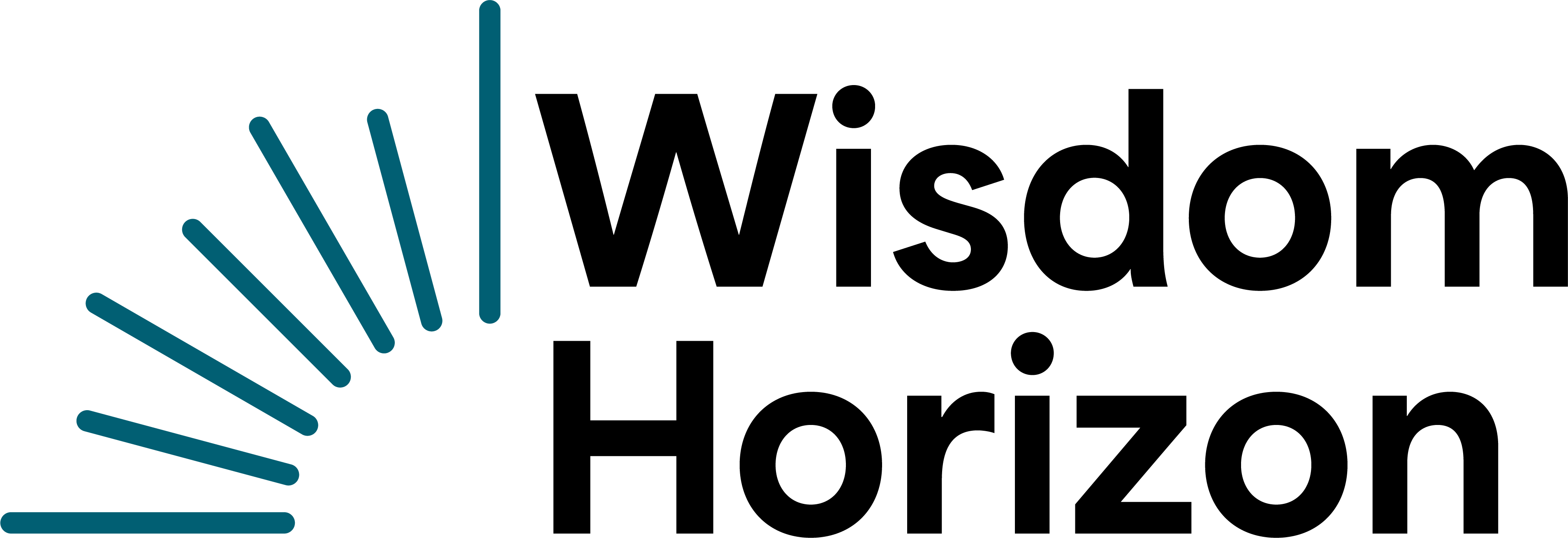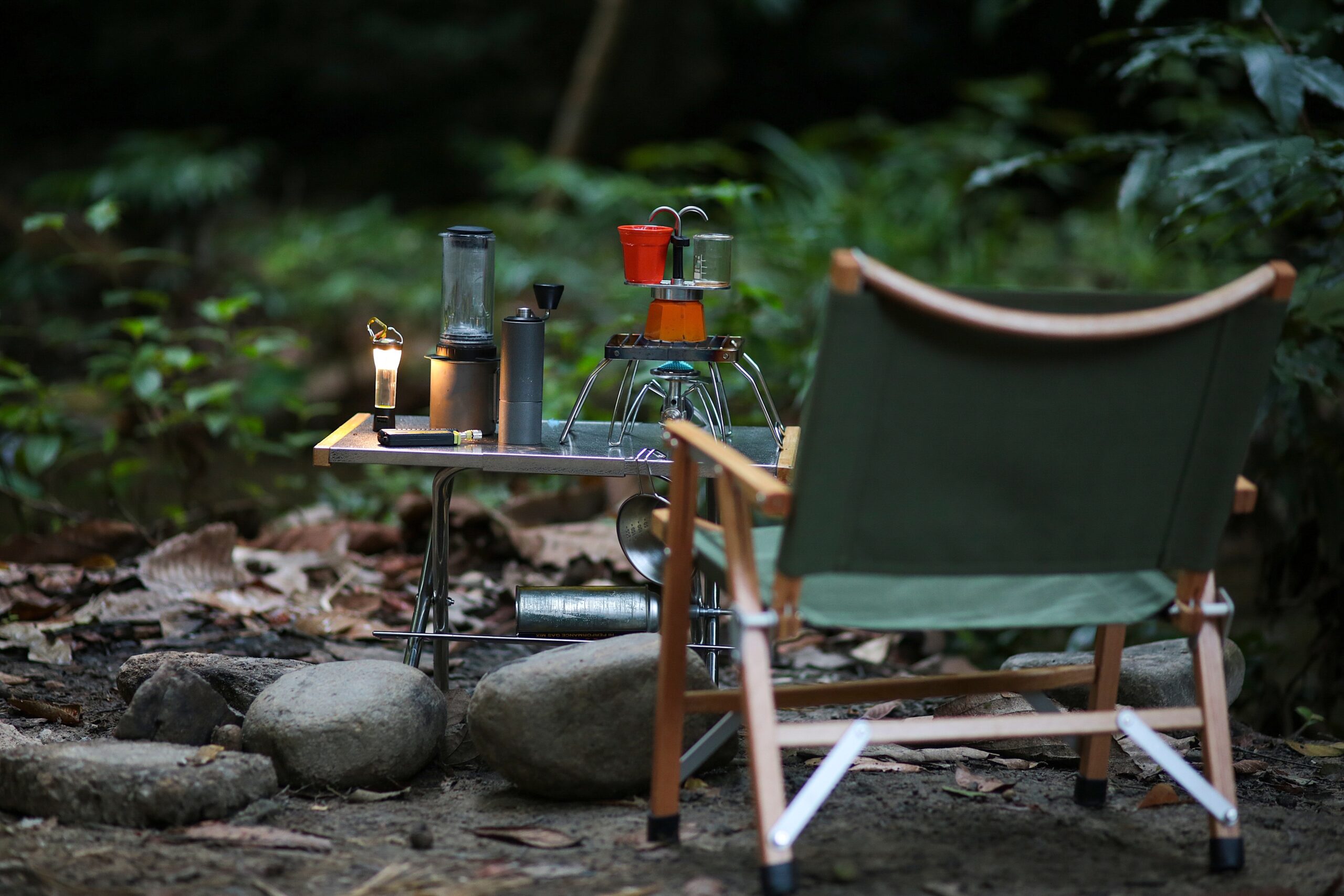Focus Boosting Desk Setup
Creating a desk setup that enhances focus is more than just an aesthetic endeavor; it is a strategic approach to improving concentration and productivity. A well-organized desk can reduce distractions and make it easier to concentrate on tasks. Begin by considering the placement of your desk. Ideally, it should be positioned in a quiet area with minimal foot traffic and away from potential distractions like windows with busy views or noisy appliances. If possible, choose a spot with natural light, as studies have shown that exposure to daylight can boost mood and energy levels.
Next, consider the tools and accessories that populate your desk. Keep only essential items within arm’s reach, such as your computer, notepads, and writing instruments. This reduces the need to frequently get up and search for items, which can interrupt your workflow. Additionally, consider using cable organizers to manage cords, preventing them from becoming a visual distraction.
Lighting is another critical component of a focus-boosting desk setup. While natural light is preferred, supplement it with adjustable desk lamps that offer different brightness levels. Warm, soft lighting can create a calming atmosphere conducive to focus, while brighter, cooler lights can invigorate and keep you alert.
Finally, incorporate elements that stimulate your senses positively. This might include a small plant to add a touch of nature, a scented candle with a subtle fragrance, or even a white noise machine to drown out background noise. These sensory elements can create a more engaging and pleasant work environment, encouraging sustained focus.
Ergonomic Workstation Design
An ergonomic workstation is essential for maintaining physical well-being and enhancing productivity. Ergonomics focuses on designing a workspace that supports the body’s natural posture, reducing strain and the risk of injury. Start with your chair, which should offer sufficient lumbar support to maintain the natural curve of your spine. Adjustable chairs that allow you to modify the height, tilt, and armrests can provide a customized fit that supports prolonged sitting.
The desk should be at a height where your elbows are at a 90-degree angle when typing, keeping your wrists straight and relaxed. If your desk is not adjustable, consider using a keyboard tray to achieve the correct height. Monitor placement is also crucial; it should be at eye level, about an arm’s length away, to prevent neck strain and eye fatigue. Use a monitor stand or a stack of books to adjust the height if necessary.
For those who spend long hours at their desks, a sit-stand desk can be a valuable addition. These desks allow you to alternate between sitting and standing, promoting movement and reducing the health risks associated with prolonged sitting. The key to an ergonomic workstation is adjustability and personalization to fit your specific needs and preferences.
Incorporating ergonomic accessories such as a footrest, ergonomic keyboard, and mouse can further enhance comfort. These tools are designed to support natural body movements and reduce repetitive strain injuries. By investing in an ergonomic workstation, you create a comfortable and supportive environment that can improve focus and productivity.
Decluttered Workspace Productivity
A decluttered workspace is not just visually appealing but also plays a significant role in enhancing productivity. Clutter can be a constant source of distraction, making it difficult to concentrate and increasing stress levels. By organizing your workspace, you create a more efficient and calming environment that fosters productivity.
Begin the decluttering process by sorting through your items and categorizing them based on necessity. Keep only the essentials on your desk and store other items in designated spaces. Utilize storage solutions such as shelves, drawers, and organizers to keep your workspace tidy. Labeling storage containers can also help maintain order and ensure that everything has its place.
Digital clutter is another aspect to consider. Organize your computer desktop and email inbox by creating folders and using tools to manage tasks and deadlines. Regularly clean up digital files to prevent them from becoming overwhelming.
Adopting a minimalist approach can further enhance productivity. This involves keeping your workspace as simple as possible, with only the items that are necessary for your daily tasks. A minimalist workspace reduces visual distractions and helps maintain focus on the task at hand.
Incorporating regular cleaning and organizing sessions into your routine can help maintain a decluttered workspace. Set aside time each week to tidy up and reassess your workspace needs. By keeping your workspace organized, you create a more conducive environment for productivity and focus.
Incorporating Technology for Enhanced Focus
In the digital age, technology can be both a boon and a bane when it comes to maintaining focus. However, when used wisely, technology can significantly enhance productivity and concentration. Start by utilizing productivity apps that help manage tasks, set deadlines, and organize projects. These tools can keep you on track and ensure you are prioritizing your workload effectively.
Consider using software that blocks distracting websites or limits your time on non-work-related activities. These applications can help minimize distractions and encourage more focused work sessions. Additionally, setting up notifications and reminders can help you stay on schedule without the need to constantly check your calendar or emails.
Another way to leverage technology is by creating a digital filing system for your documents. Cloud storage solutions provide easy access to files from any device, reducing the clutter of physical paperwork and ensuring organization. This system also facilitates collaboration, allowing you to share documents and work with colleagues seamlessly.
Investing in quality headphones can also enhance focus by blocking out background noise and creating an immersive work environment. Whether you prefer music, white noise, or complete silence, headphones can help create a personalized auditory space that supports concentration.
By thoughtfully incorporating technology into your workspace, you can create a more efficient and distraction-free environment that enhances focus and productivity.
Personalizing Your Workspace for Motivation
Personalizing your workspace is a powerful way to boost motivation and make your work environment more enjoyable. Personal touches can inspire creativity and make your workspace feel more inviting, which can, in turn, enhance focus and productivity.
Start by adding elements that reflect your personality and interests. This could include artwork, photographs, or memorabilia that bring joy and inspiration. These personal items can serve as motivational reminders of your goals and aspirations.
Consider incorporating colors that evoke positive emotions and energy. For example, blue is often associated with calmness and focus, while green can promote a sense of balance and rejuvenation. Use color strategically through wall paint, desk accessories, or even a colorful rug to create an atmosphere that resonates with you.
Plants are another excellent addition to personalize your workspace. Not only do they add a touch of nature, but they can also improve air quality and reduce stress levels. Choose low-maintenance plants that thrive indoors, such as succulents or spider plants, to add a refreshing element to your desk.
Finally, ensure that your workspace layout supports your workflow. Personalization is not just about aesthetics but also about functionality. Arrange your desk and tools in a way that complements your work habits and enhances efficiency.
By personalizing your workspace, you create an environment that is not only functional but also inspiring and motivating, leading to increased focus and productivity.





